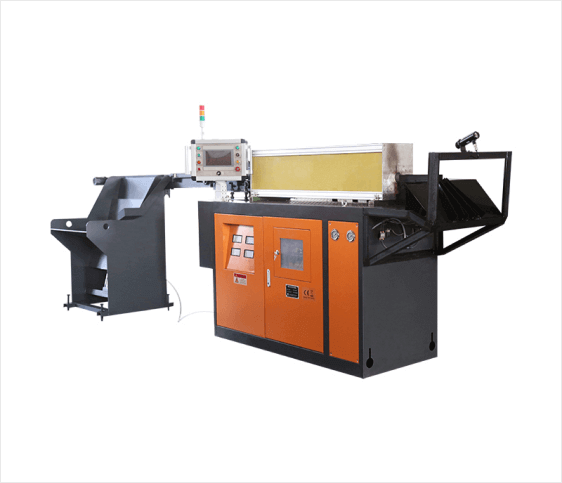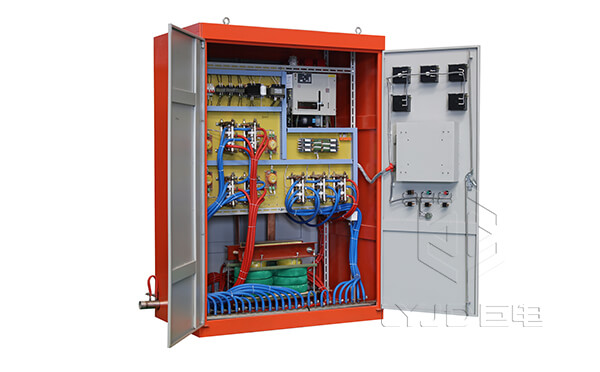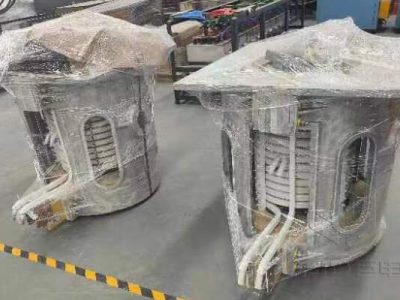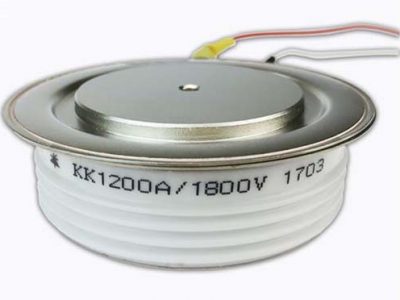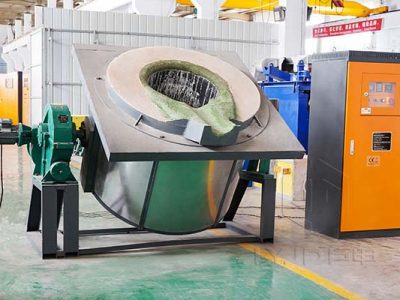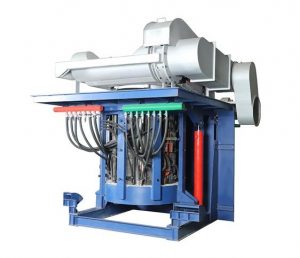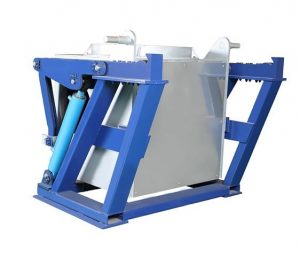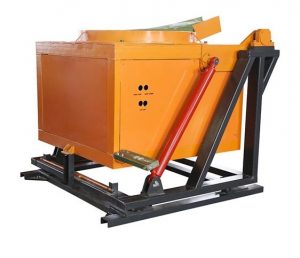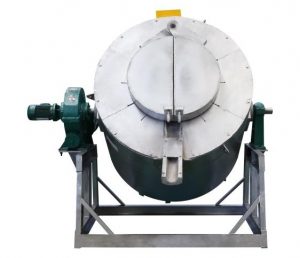An induction furnace is a type of furnace that uses induction heating to melt metal. The power supply for an induction furnace is a crucial component that provides the necessary electrical energy to generate the electromagnetic field required for heating.
Common Types of Induction Furnace Power Supply
The power supply for an induction furnace is typically an alternating current (AC) power source. The most common types of power supplies used for induction furnaces are:
Line-frequency Power Supply
This type of power supply is designed to operate at the standard line frequency of the power grid, typically 50 or 60 Hz. It consists of a transformer, which steps up the voltage from the grid to the required level, and a rectifier, which converts the AC voltage to direct current (DC) for the inverter circuit. The inverter circuit then converts the DC power to high-frequency AC power, typically in the range of a few kilohertz to several hundred kilohertz, which is fed to the induction coil.
Medium-frequency Power Supply
Medium-frequency (MF) power supplies operate at frequencies higher than the line frequency, typically in the range of a few hundred to a few thousand hertz. They offer improved energy efficiency and better control over the melting process compared to line-frequency power supplies. MF power supplies usually consist of a rectifier, an inverter, and a matching network to optimize power transfer to the induction coil.
High-frequency Power Supply
High-frequency (HF) power supplies operate at frequencies ranging from tens of kilohertz to several megahertz. They are commonly used in smaller induction furnaces and specialized applications. HF power supplies are typically solid-state units that use transistors or thyristors for power switching. They offer high power density, precise control, and compact size.
How to Choose the Power Supply for an Induction Furnace?
The choice of power supply depends on various factors such as the size of the furnace, the type of material being melted, the desired heating rate, and the required temperature control. Different power supplies offer different advantages in terms of efficiency, control, and cost.
Furnace Size and Capacity
The power supply should be capable of delivering sufficient power to meet the heating requirements of the furnace. This depends on the furnace's size, capacity, and the amount of metal being melted. Larger furnaces generally require higher power supplies to achieve the desired heating rates.
Material and Melting Process
Different metals have different melting points and require varying amounts of energy to reach the desired temperature. The power supply should be able to generate the necessary heat for the specific metal being processed. The melting process itself, such as batch melting or continuous melting, may also influence the power supply requirements.
Heating Rate and Efficiency
The desired heating rate affects the power supply selection. Higher heating rates may require power supplies with higher frequency and power output. Energy efficiency is also an important consideration to minimize operating costs. Power supplies with higher efficiency can help reduce energy consumption and improve overall operational efficiency.
Temperature Control and Process Stability
Some applications require precise temperature control and stable heating profiles. Power supplies that offer advanced control features, such as frequency and power modulation, can help achieve accurate temperature control and maintain process stability.
Power Supply Frequency
The frequency of the power supply can impact the heating efficiency and the depth of penetration of the electromagnetic field. Lower frequencies are typically suitable for larger furnaces and bulk melting processes, while higher frequencies are suitable for smaller furnaces and precise heating applications.
Power Supply Reliability and Maintenance
Consider the reliability and maintenance requirements of the power supply. Look for reputable manufacturers with a track record of producing reliable and durable equipment. Ease of maintenance and availability of spare parts should also be taken into account.
Budget and Cost Considerations
The cost of the power supply is an important factor. Consider the initial investment cost, as well as the long-term operating costs, including energy consumption and maintenance expenses. It's essential to strike a balance between the desired features and the available budget.
In Summary
It's important to note that the design and operation of induction furnace power supplies can be complex and require expertise in electrical engineering. Safety precautions and proper maintenance are essential to ensure reliable and efficient operation.
